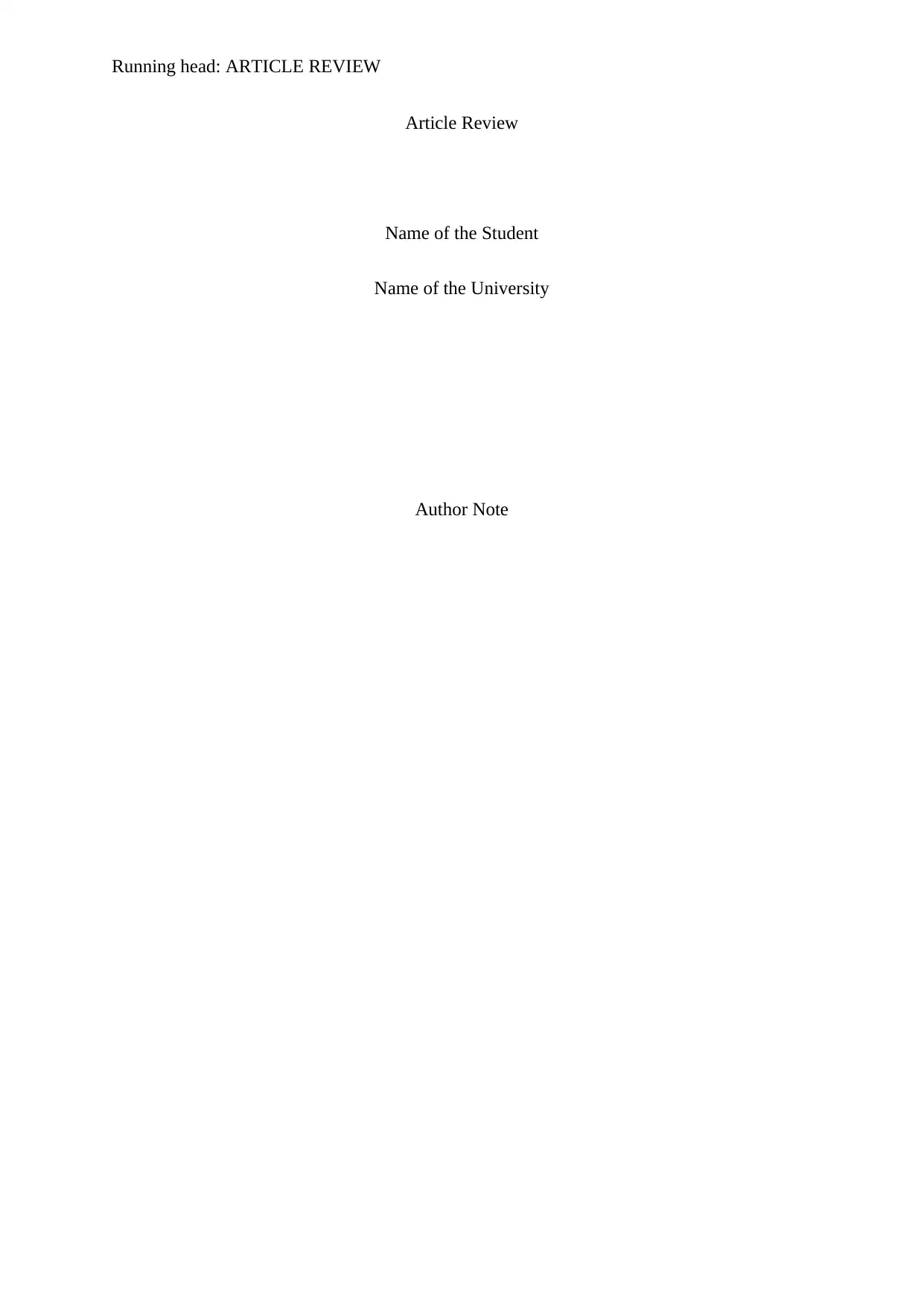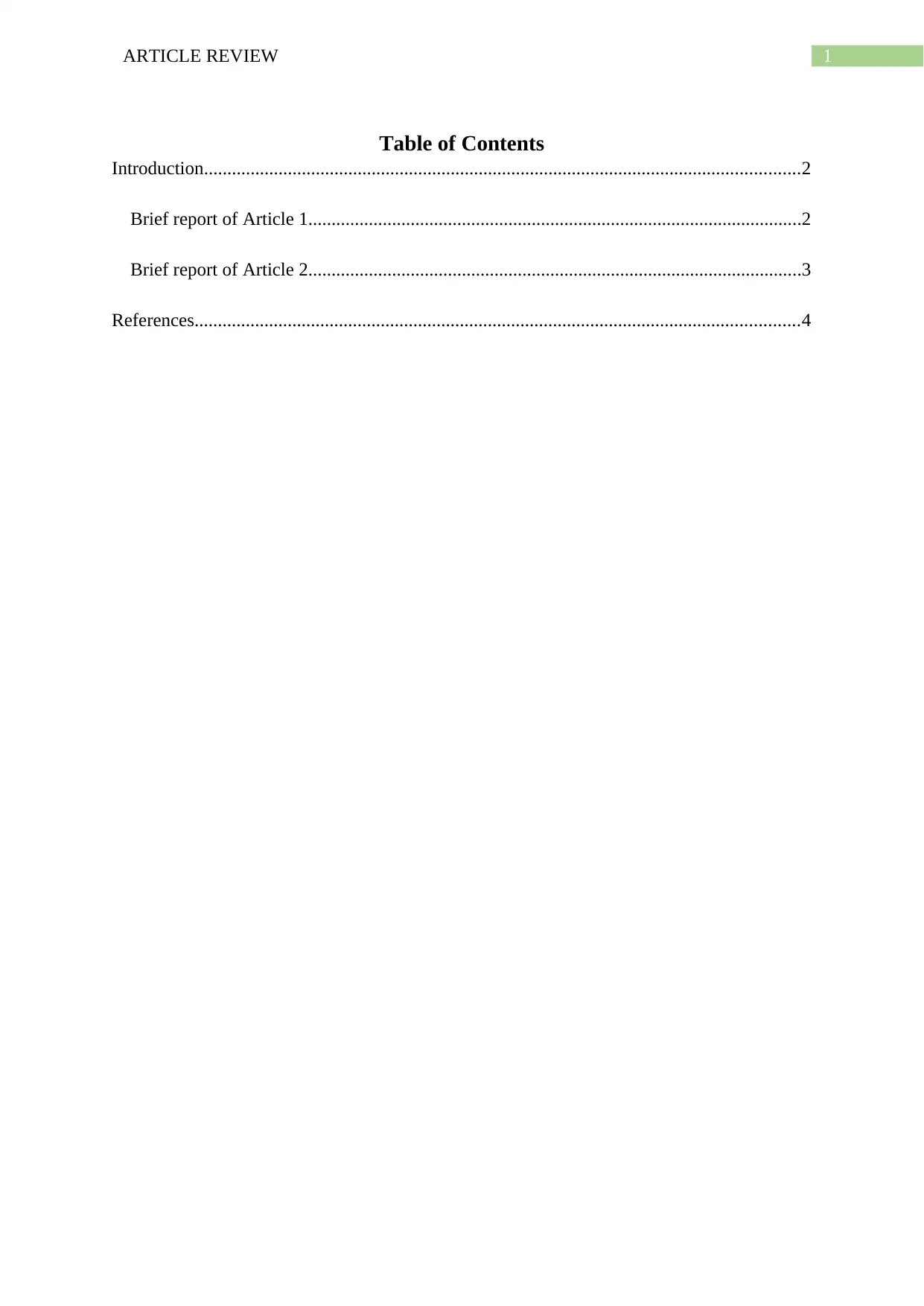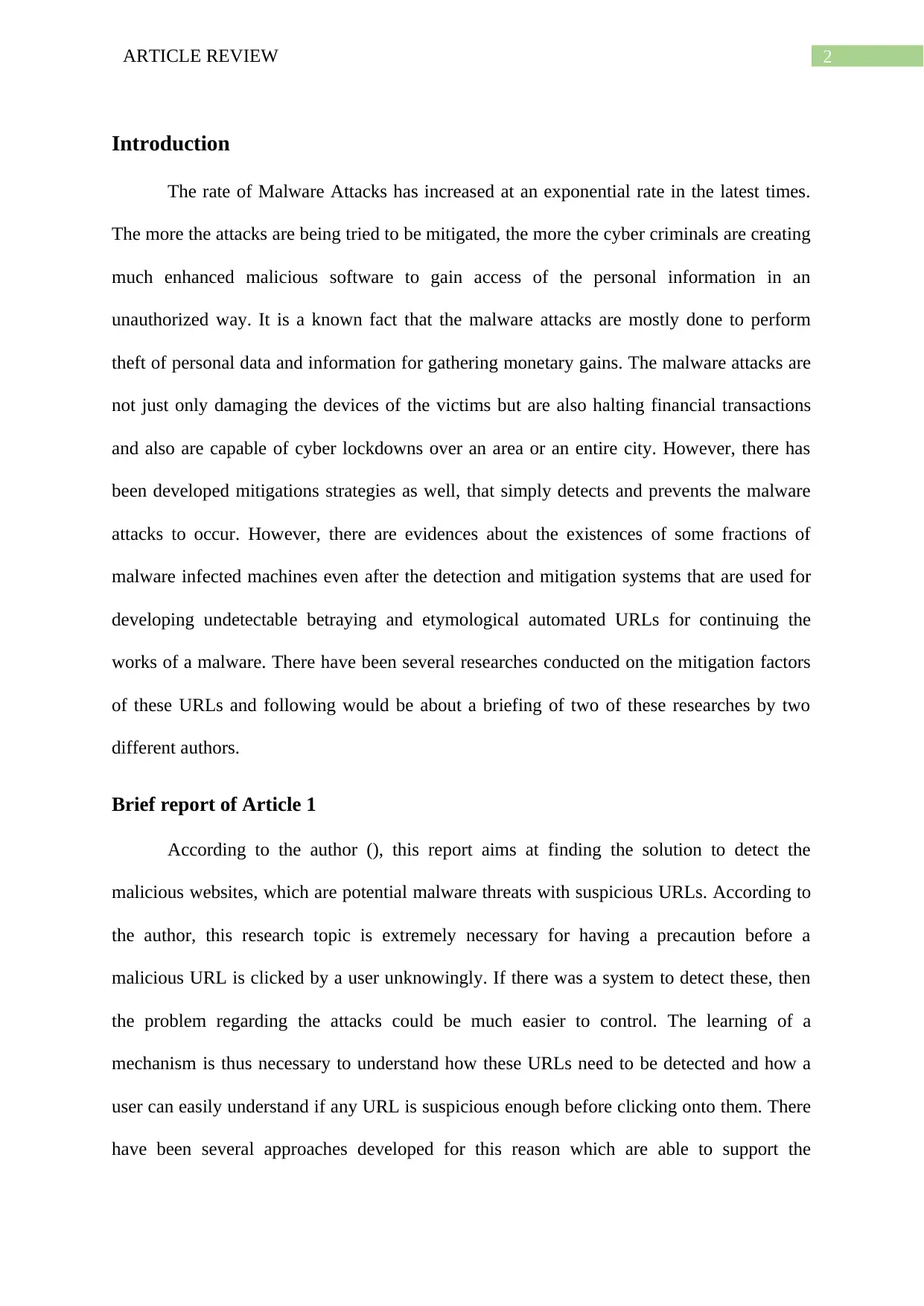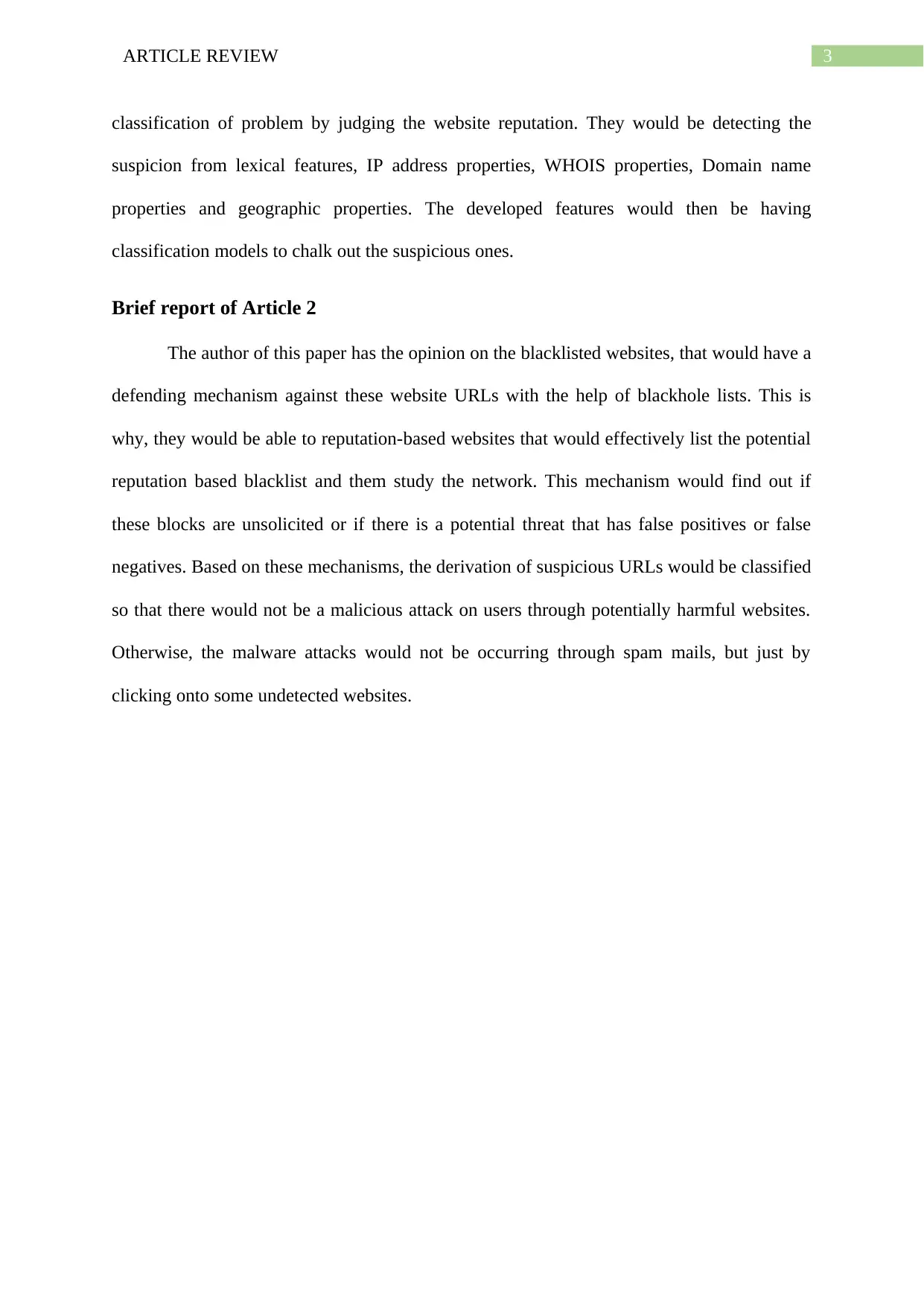Article Review: Analysis of Malware Detection Techniques
VerifiedAdded on 2022/08/24
|5
|648
|189
Report
AI Summary
This report provides an article review focusing on malware detection and prevention techniques. It analyzes two research papers: one exploring automated URL classification to identify malicious websites, and the other examining the effectiveness of reputation-based blacklists in blocking potentially harmful hosts and network blocks. The first article discusses the development of systems that use statistical methods to discover lexical and host-based properties of malicious URLs, achieving high accuracy in detecting threats. The second paper investigates the accuracy of blacklists used to block unsolicited email and reveals non-trivial false positives and negatives, highlighting the complexities of these security measures. The review provides a comparative analysis of these approaches, their strengths, and limitations in the context of the evolving landscape of cyber threats, emphasizing the need for robust and adaptive malware detection strategies.
1 out of 5












![[object Object]](/_next/static/media/star-bottom.7253800d.svg)